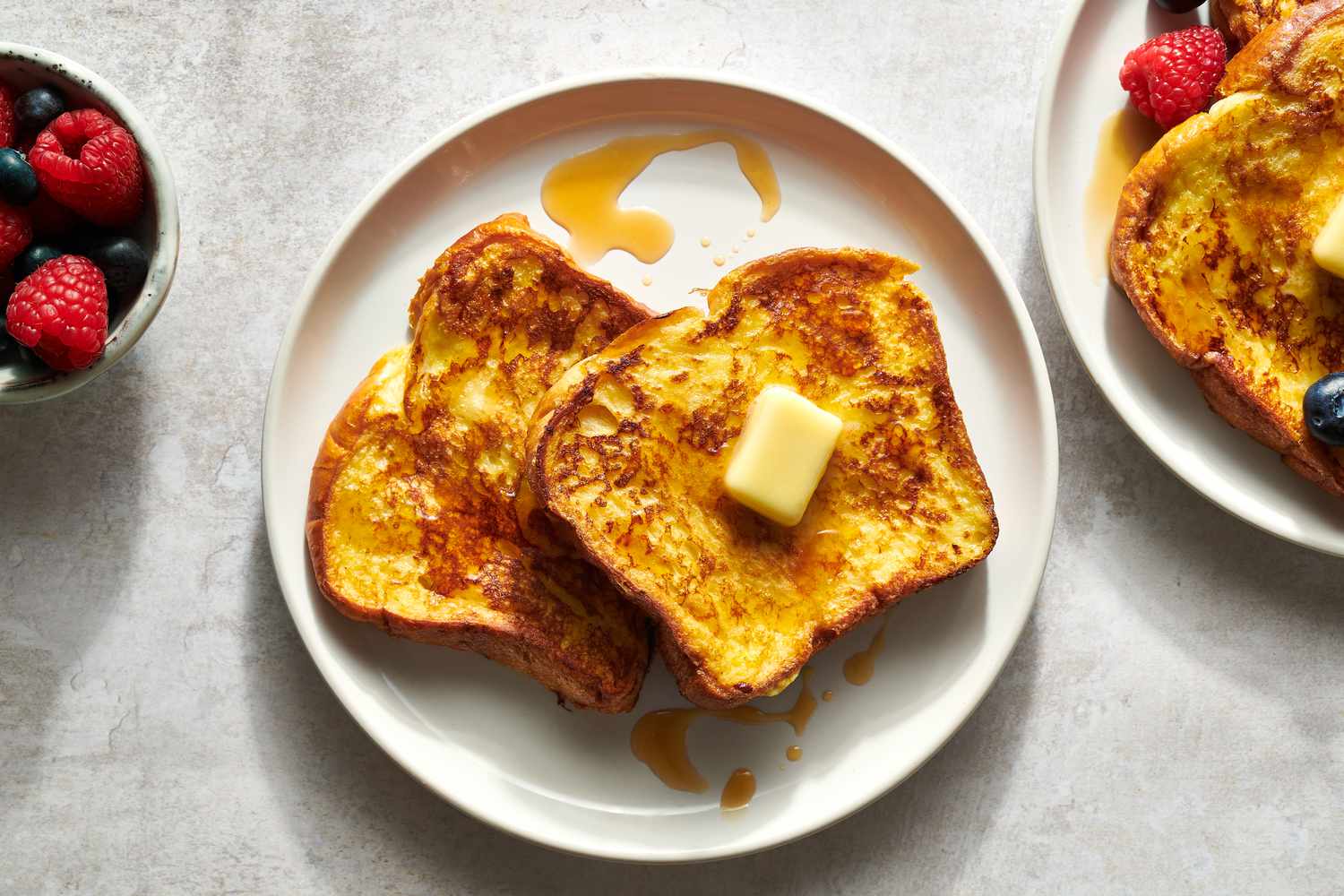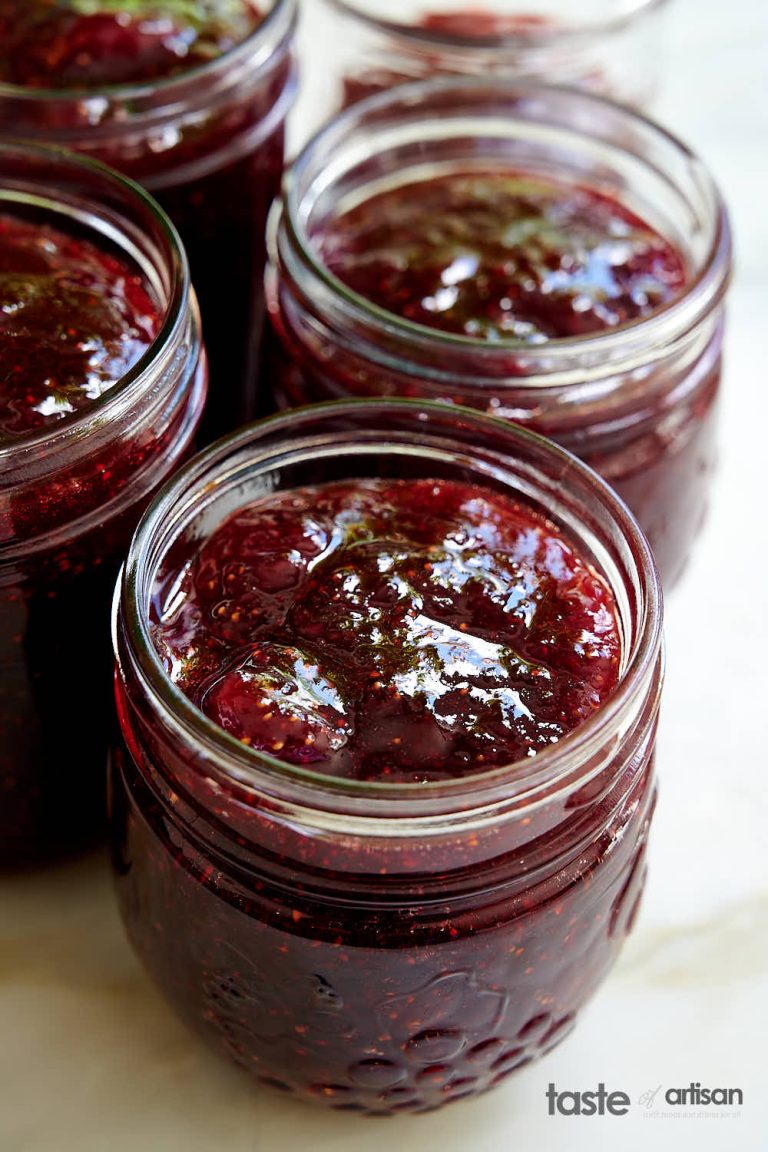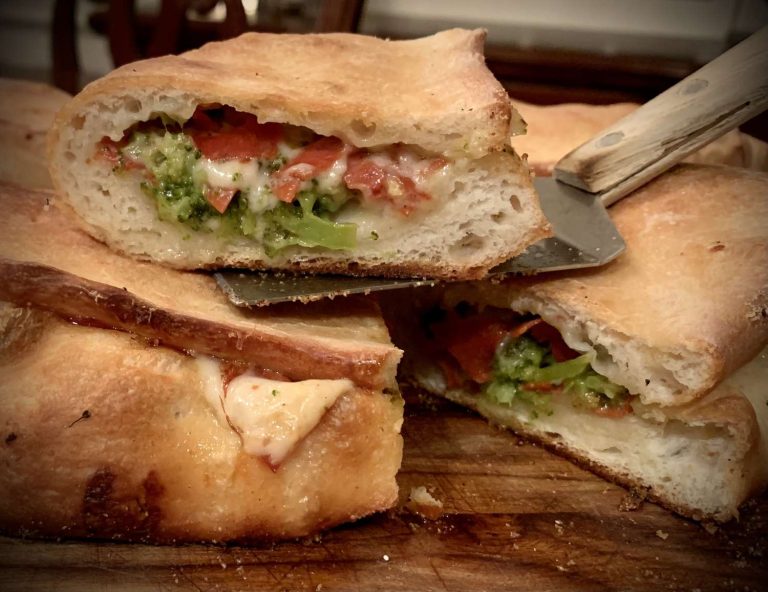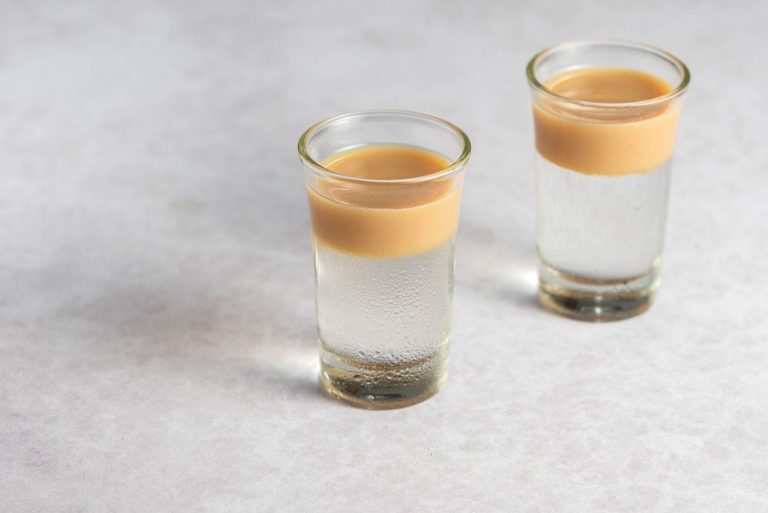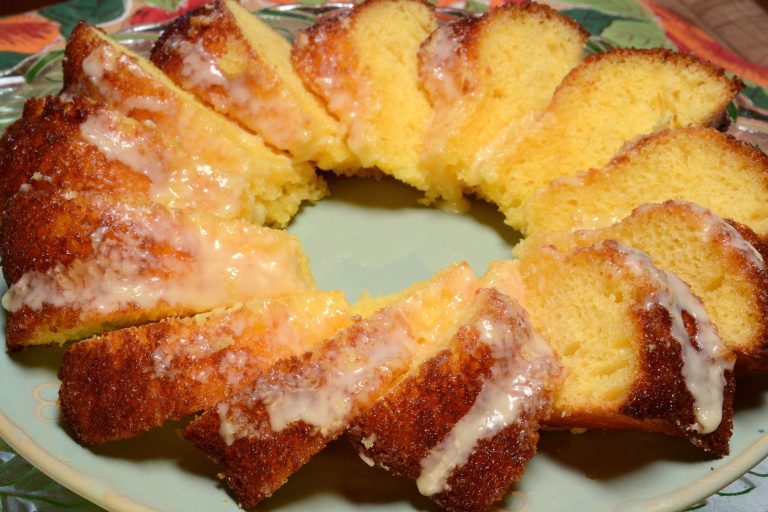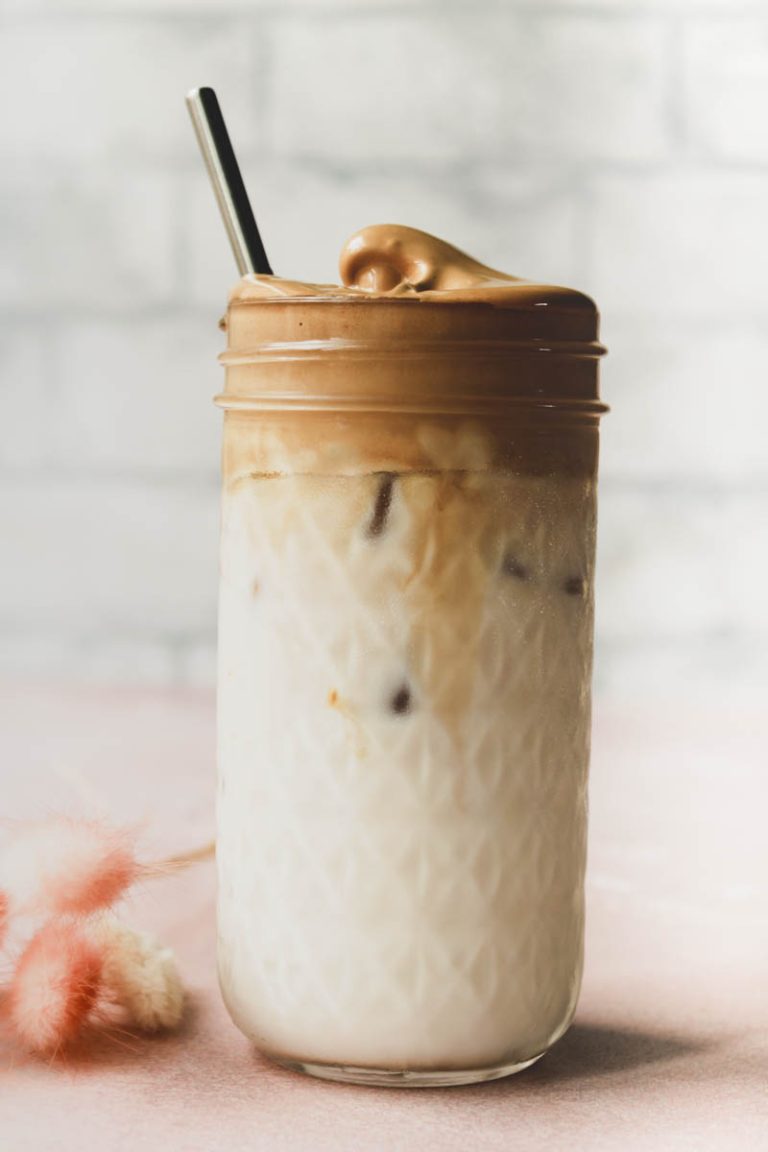French Toast Without Milk: Easy Recipe & Tasty Variations
Many opt for dairy-free French toast because they’re lactose intolerant, follow a vegan diet, or want a lighter option. You can still achieve a rich, flavorful toast without using milk by choosing suitable substitutes. Avoiding dairy can also reduce calorie intake and support dietary restrictions.
Common Milk Substitutes in French Toast
You can use several milk substitutes to make delicious French toast.
- Almond Milk: Provides a subtle nutty flavor, complementing traditional sweet toppings like syrup or fruit.
- Soy Milk: Offers a thicker consistency similar to cow’s milk, making it a popular choice for maintaining texture.
- Oat Milk: Known for its creamy texture, works well for a softer, moist French toast.
- Coconut Milk: Adds a rich, tropical flavor, perfect for those who enjoy a hint of coconut in their breakfast.
- Rice Milk: Offers a lighter texture, suitable for a less dense French toast.
Experiment with these substitutes to find your preferred combination. Each option ensures your dairy-free French toast remains tasty and enjoyable.
Key Ingredients for Milk-Free French Toast
Choosing the Right Bread
Selecting the best bread type ensures your French toast achieves optimal taste and texture. Stale or day-old bread absorbs the egg mixture better without becoming too soggy. Opt for thick slices, around ¾ to 1 inch, to maintain structure during cooking. Good choices include brioche, challah, or French baguette due to their density and ability to soak up flavors.
Alternative Liquids to Milk
Incorporating alternative liquids ensures your French toast retains moisture and flavor without dairy. Use various plant-based milks and other liquids:
- Almond Milk: Offers a nutty flavor that complements cinnamon and vanilla.
- Soy Milk: Provides a creamy texture similar to cow’s milk, with a neutral taste.
- Oat Milk: Adds a mild sweetness and thicker consistency, enhancing the overall richness.
- Coconut Milk: Infuses a subtle tropical taste, with a creamy and dense texture.
- Rice Milk: Delivers a light and slightly sweet flavor, keeping the French toast airy.
Try different combinations to find the one that best suits your taste preferences.
Step-by-Step Recipe for French Toast Without Milk
Preparing the Batter
Start by gathering these key ingredients: bread, eggs, a milk alternative, and optional flavor enhancers like vanilla extract, cinnamon, nutmeg, and sugar. Use approximately 4 large eggs and 1 cup of the chosen milk substitute for 8 slices of bread. Beat the eggs thoroughly in a large bowl, then gradually whisk in the milk substitute until well combined. Add 1 teaspoon of vanilla extract, 1 teaspoon of ground cinnamon, a pinch of nutmeg, and 1-2 tablespoons of sugar if you prefer a sweeter batter. Mix until all ingredients are evenly distributed.
Cooking Tips for the Perfect Texture
Preheat a non-stick skillet or griddle over medium heat. Grease the cooking surface lightly with butter or a suitable oil alternative. Dip each slice of bread into the batter, ensuring both sides are evenly coated but not soaked. Cook the battered bread slice for 2-3 minutes on each side, achieving a golden-brown finish. Adjust the heat if the bread browns too quickly or slowly. For a crispy exterior and moist interior, avoid overcrowding the skillet and cook in batches if necessary. Serve immediately, optionally topping with fresh fruits, maple syrup, or powdered sugar for added flavor.
Variations and Toppings for Dairy-Free French Toast
Sweet and Savory Options
Explore various toppings to customize your dairy-free French toast. For sweet options, consider adding fresh fruits like berries, banana slices, or apple chunks. Drizzle maple syrup or honey for natural sweetness. Sprinkle powdered sugar or cinnamon for added flavor. Use dairy-free whipped cream or chocolate syrup for a decadent twist.
For savory options, top your French toast with avocado slices, smoked salmon, or sautéed mushrooms. Add a sprinkle of chives or a dash of hot sauce for an extra kick. Serve with a side of dairy-free cheese or plant-based sausage to round out the meal.
Nutritional Enhancements
Boost the nutritional value of your dairy-free French toast. Add chia seeds or flaxseeds to the batter for omega-3 fatty acids and fiber. Use whole grain or gluten-free bread to increase fiber intake and cater to dietary restrictions. Include nuts or seeds like almonds, walnuts, or sunflower seeds for added protein and healthy fats.
Incorporate superfoods like spinach or kale into your batter for a nutrient-rich breakfast. Use fortified plant-based milk alternatives like almond, soy, or oat milk to ensure an intake of essential vitamins and minerals. Adjust the sugar content or use natural sweeteners like agave or maple syrup for a healthier option.
By experimenting with these variations and toppings, you can create a unique, delicious, and nutritious dairy-free French toast experience.
Conclusion
Creating French toast without milk opens up a world of culinary possibilities. By experimenting with different ingredients and toppings you can tailor your breakfast to suit your taste and dietary needs. Whether you prefer sweet or savory options there’s no limit to the delicious combinations you can discover.
Incorporating nutritional enhancements like whole grains nuts and superfoods ensures your meal is not only tasty but also packed with health benefits. Don’t hesitate to make adjustments and try new ideas to find your perfect dairy-free French toast. Enjoy the process and savor every bite!
